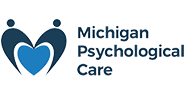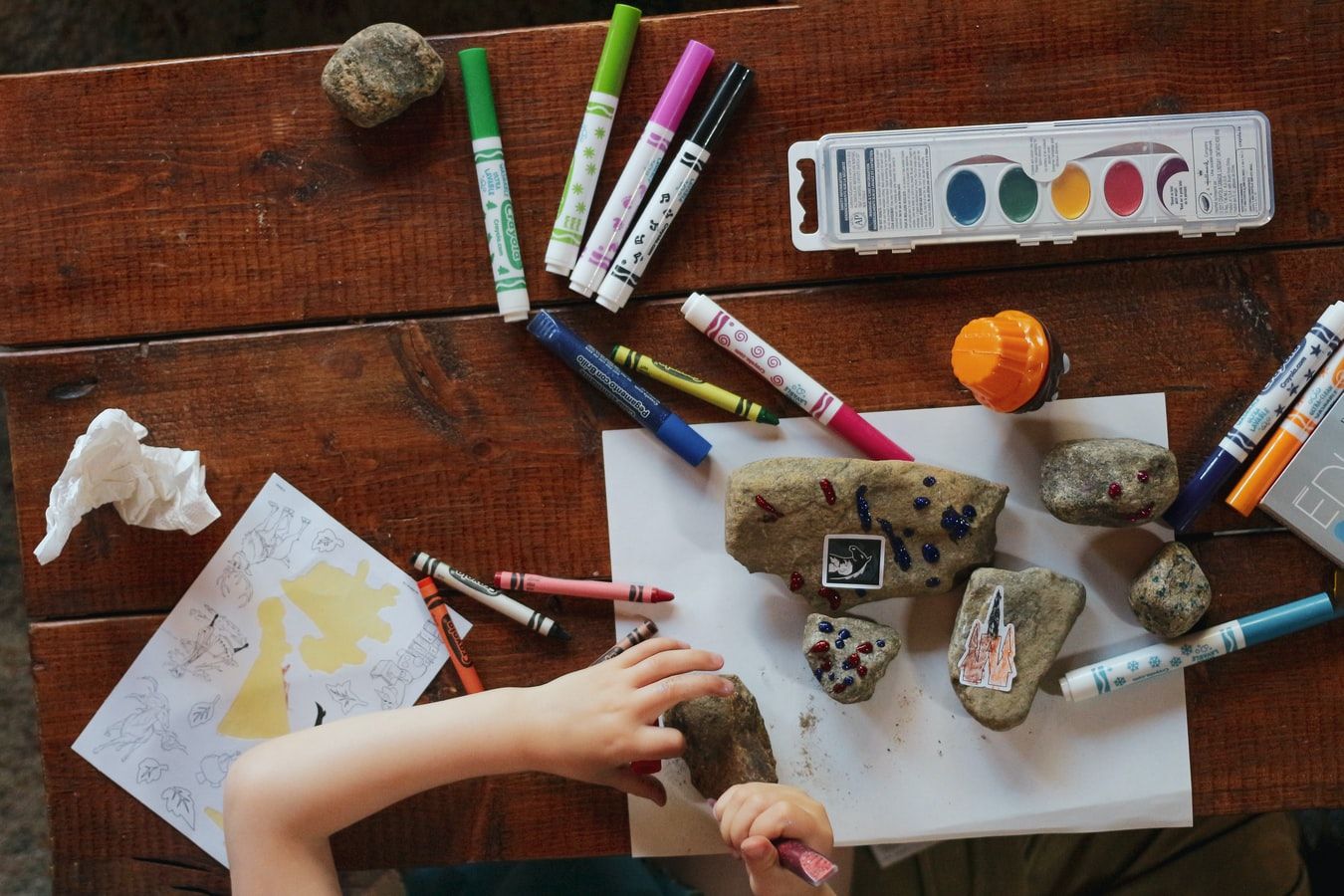Applied Behaviour Analysis (ABA) is a therapy, based on the principles of learning and behaviour. Therapists implement ABA therapy, in order to comprehend:
- the way behaviour operates
- the way the environment affects behaviour
- the way learning is being developed
The philosophy behind ABA therapy’s approach, is to eventually increase behaviours that are productive, and decrease those behaviours which are adverse or might disturb learning.
What are ABA therapy programs used for?
The practices of behaviour analysis have been utilized and researched for many years. ABA has been found useful in order to help children:
- enhance their executive functions, such as memory, focus and attention
- develop social skills
- boost their language and communication skills
- diminish any challenging behaviours
What is ABA Therapy for Autism?
Therapists around the globe, have been using ABA therapy techniques to help children with autism and other neuro-developmental disorders since 1960. ABA is described by most, as the gold standard for autism treatment.
Applied behaviour therapists approach autism with the following reasoning: desired behaviours can be instructed through a system of rewards and consequences.
In particular, ABA therapy for autism involves certain methods which assess a child’s current skills and difficulties. It focuses on setting goals for the individual, while designing a plan in order to move towards that objective. In addition, Applied Behaviour Analysis therapy demonstrates the ability to remain flexible. It evaluates the program itself, by measuring the progress of the target goal and, if needed, ABA can re-adapt and make the appropriate changes.
ABA & Personal Hygiene Skills for Autism
Teaching children how to develop good hygiene habits, like washing themselves or brushing their teeth, is critical for their health and well-being, as well as for their social life. However, persons with autism spectrum disorder, due to the fact that they usually don’t possess the necessary skills to perform these tasks, might face problems while trying to develop healthy hygiene behaviours.
Board Certified Behaviour Analysts can help parents, develop a specialized program to desensitize their child’s inability to perform any hygiene task. It has been shown that breaking a task down into smaller steps, helps children with autism learn how to achieve them unassisted. ABA focuses on breaking the skill into small steps, in order to reinforce the child’s behaviour. Eventually, the child will be able to accomplish the goal behaviour on their own.
For example, if you are teaching your child about tooth brushing, you could break the task down, into the following steps: 1) identifying the proper toothbrush, 2) opening the tooth paste, 3) putting the paste on the toothbrush, 4) wetting the brush, 5) brushing and rinsing.
What are ABA’s main therapeutic methods?
Among others, the methods include:
Discrete trial training. This method is used to teach skills through structured task completion, including rewards.
Pivotal response training. In this approach, the child takes over the learning activity, while the therapist interferes by offering choices supported by specific skills the child possesses.
Verbal interventions. Through verbal behaviour interventions, children can learn new ways to express their thoughts and feelings, and enhance their communication skills.
Early Intensive Behavioural Intervention (EIBI). This intervention is usually recommended for children with autism, who are no more than five years old. It revolves around an individualized program, designed to intensively teach skills mainly pertaining to communication and social interaction


